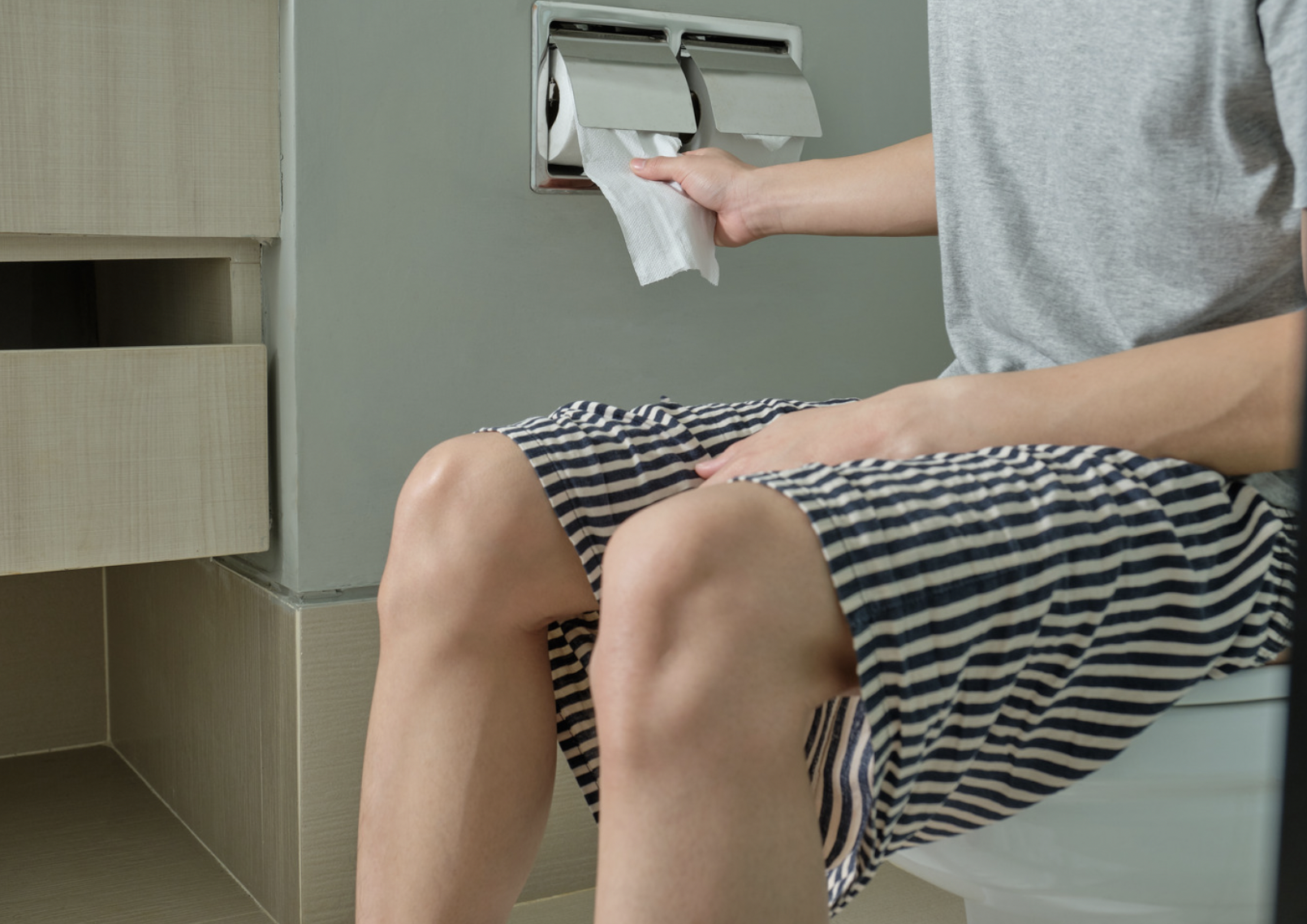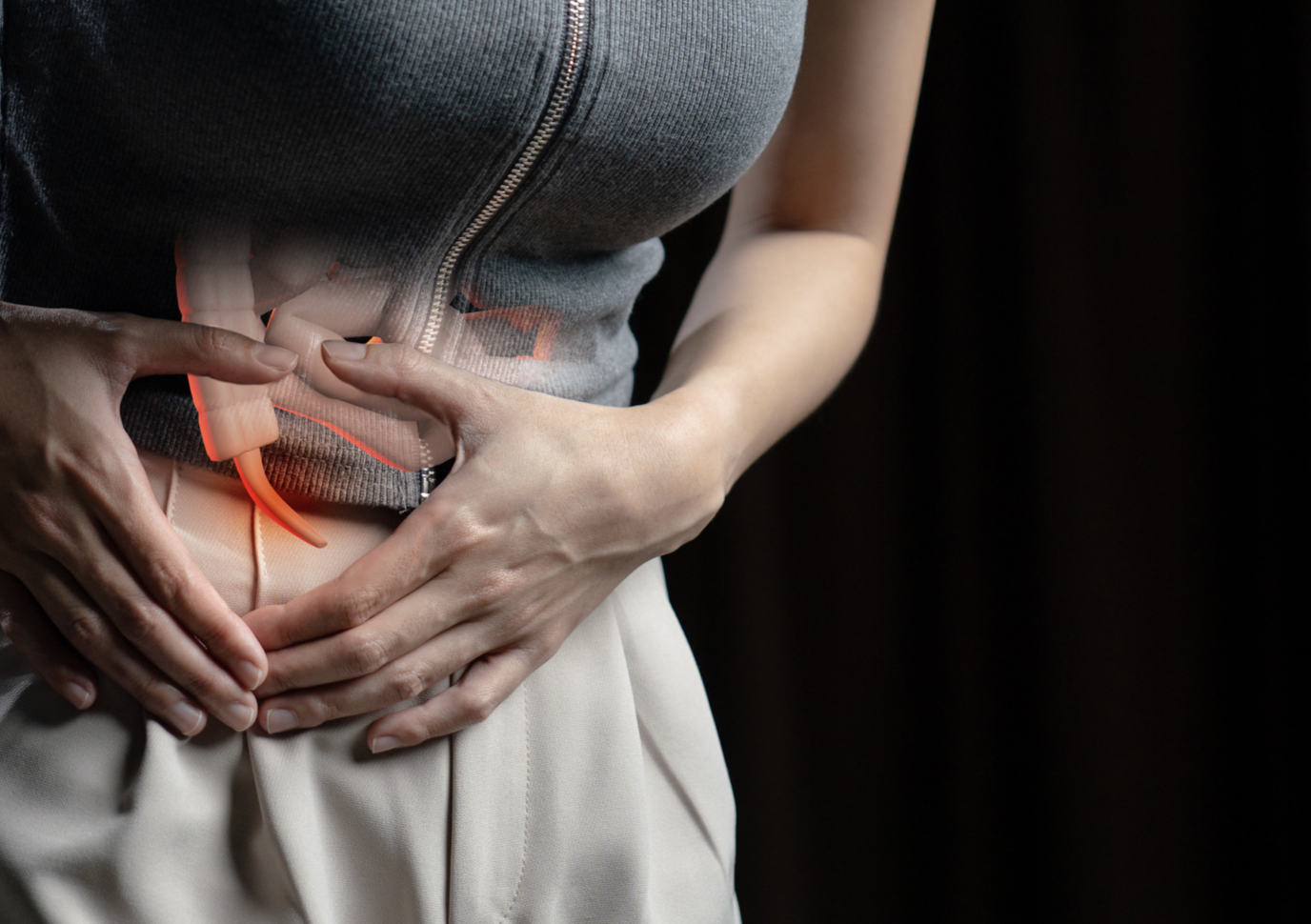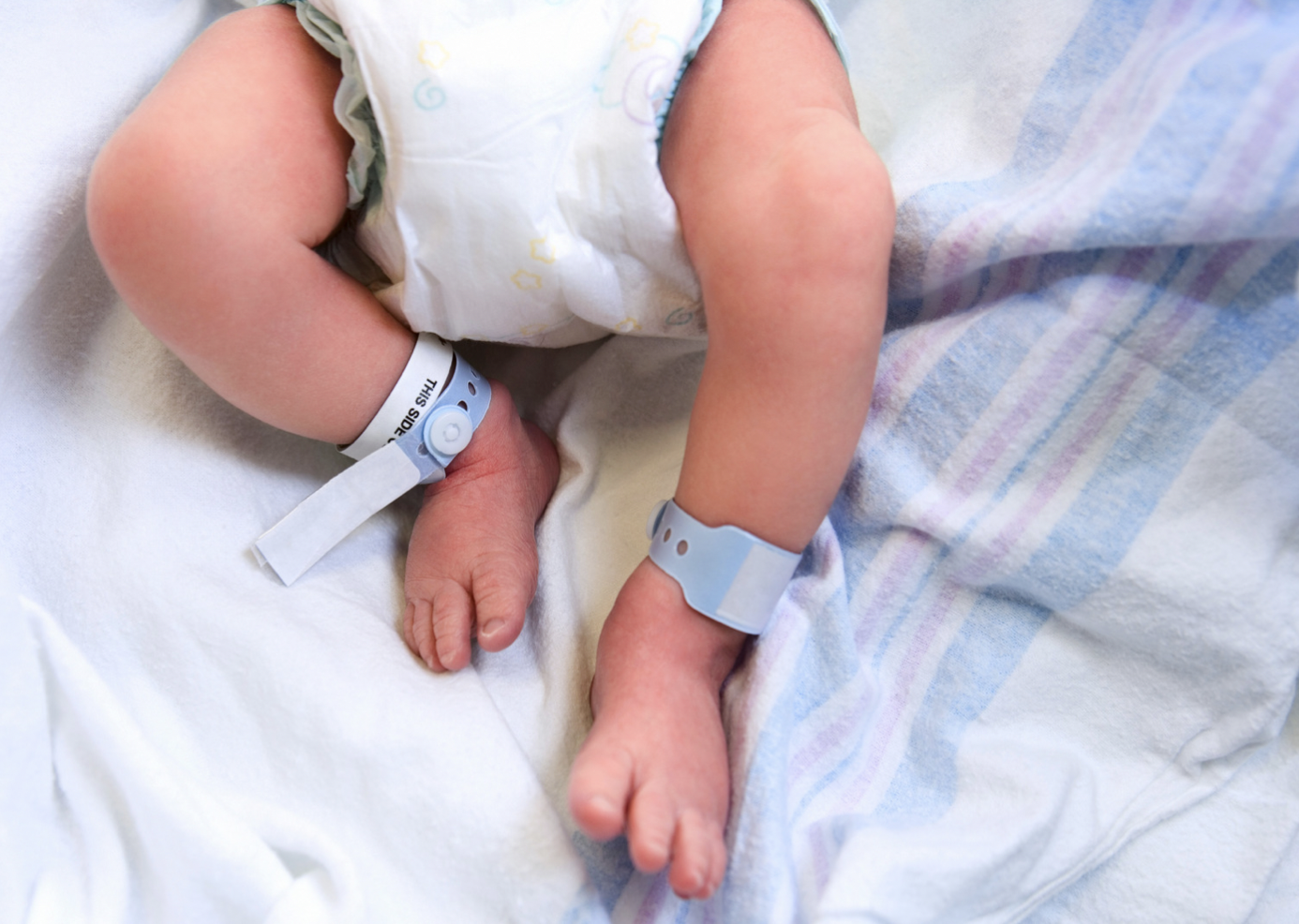Definition
A change in stool color can be one of the signs of digestive tract bleeding. Different terms are used to describe the symptoms of digestive tract bleeding:
- Melena: Feces that appear black like tar or asphalt due to bleeding in the upper digestive tract, such as the esophagus, stomach, or the first section of the small intestine. The black color results from the oxidation process in the digestive tract.
- Occult Bleeding: Feces with faint blood, meaning the color of the feces does not change, but red blood cells can be found through fecal examination. This occurs when the bleeding is not significant.
- Hematochezia: Bleeding in the lower digestive tract, characterized by fresh blood in the stool.
This article will focus on hematochezia.
Lower digestive tract bleeding is a common condition, accounting for 20-30% of all digestive tract bleeding cases. There is not much difference between men and women. A study found that only 40% of individuals with hematochezia seek medical attention because it is often considered a non-serious condition.
Digestive tract bleeding can be classified by severity into massive, moderate, and occult categories. This classification significantly affects the prognosis, with patients experiencing massive bleeding having a mortality rate of 21%.
Cause
Hematochezia is caused by lower digestive tract bleeding. Because oxidation has not yet started, the blood will be fresh and appear red. Typically, the blood comes from the colon and rectum.
Hematochezia can be caused by various conditions, including:
- Anal fissure is a tear in the wall of the anus due to heavy straining while passing stool, hard feces, or continuous diarrhea. Individuals with anal fissures usually experience pain during defecation.
- Hemorrhoid, is the most common cause of hematochezia, with bleeding often not accompanied by pain.
- Proctitis, inflammation, and swelling of the anus.
- Rectal prolapse, the rectum protrudes from the anus.
- Trauma or foreign objects.
- Colorectal polyp, a tumor growth on the walls of the large intestines and rectum
- Cancer in the colon, rectum, or anus
- Ulcerative colitis, inflammation in the colon and rectum
- Infections
- Diverticulosis is the presence of pockets in the colon.
Risk factor
Some factors can increase the risk of hematochezia, including:
- Consuming low-fiber food.
- Constipation.
- Old age.
- Consumption of aspirin and non-steroidal anti-inflammatory drugs (NSAIDs).
- Having other digestive tract diseases like hemorrhoids, Crohn's disease, diverticulitis, etc.
- Family history of colon cancer.
Symptoms
Hematochezia is known if:
- There is blood on the toilet paper after wiping.
- There is blood while defecating or urinating.
- There is fresh blood in the feces.
- There is blood on the underwear.
Blood can mix with feces, drip from the anus, or appear as red streaks. However, it's important to note that the color of feces can also be affected by the food consumed, such as dragonfruit, blueberries, and beets, which can make the feces appear red.
Other symptoms of hematochezia may include:
- Pain or pressure on the rectum.
- Hard feces.
- Abdominal pain.
- Headache.
- Unconsciousness.
Severe bleeding of the digestive tract, if not treated, can lead to shock. Signs and symptoms of shock include:
- Reduced consciousness.
- Rapid pulse.
- Inability to urinate.
- Lowered blood pressure.
Diarrhea is characterized by having more than three bowel movements in 24 hours with loose or watery stool consistency. The stool may be accompanied by mucus or blood. Some associated symptoms may also occur, such as:
- Nausea
- Vomiting
- Abdominal pain or cramps
- Bloating
- Fever
Diagnosis
The doctor will inquire about the symptoms and conduct a physical examination, focusing on the abdominal and rectal areas. The doctor will ask about the primary complaint, onset, any history of a similar complaint, abdominal trauma, weight loss, the color of feces, and other symptoms such as abdominal pain, blood vomit, bloating, diarrhea, and fever. Additionally, a digital rectal examination will be performed to assess the anus for potential causes of hematochezia, such as hemorrhoids.
Additional examinations that may be conducted include:
- Complete blood test: to assess for anemia, blood clotting problems, platelet count, and liver function.
- Fecal examination: to check for the presence of blood in the feces or other potential causes.
- Colonoscopy: a procedure using a mini-camera inserted through the rectum to directly visualize the condition of the rectum.
- Endoscopy: a procedure using a camera inserted through the mouth to assess the condition of the upper digestive tract. In cases of massive bleeding, the blood may not oxidize fully, resulting in bright red-colored feces.
- Radiology examinations such as CT scans to identify the source of bleeding.
Management
The management of hematochezia depends on the underlying causes. In many cases, mild hematochezia may resolve on its own. However, if the bleeding persists, it's crucial to identify and address the source of the bleeding. Often, treatment and measures to stop the bleeding are carried out concurrently with diagnostic procedures such as colonoscopy.
In cases where bleeding is caused by diverticulosis, the doctor may administer drugs directly to the location of diverticulosis. If hematochezia is caused by hemorrhoids, the treatment will be determined based on the severity of the hemorrhoids, ranging from conservative therapies to prevent worsening to surgical intervention. In the case of anal fissures, doctors typically prescribe conservative therapies, such as medications to soften the stool. For colon cancer cases, a biopsy of the tumor and colon will be performed by the doctor.
Treatment also depends on the hemodynamics. If the bleeding is significant, the doctor will perform fluid correction with intravenous fluids or a blood transfusion. Additionally, the use of NSAIDs or blood-thinning medications like aspirin will be discontinued.
Complications
Massive digestive bleeding, if not treated properly, will cause:
- Anemia
- Shock
- Death
Meanwhile, the causes of hematochezia can lead to complications such as:
- Painful and uncomfortable external hemorrhoids
- Acute anal fissure becoming chronic and requiring surgery
- Malignancy that can metastasize to lymphatic nodes and other organs if not immediately treated
- Continuous bleeding causes fatigue, difficulty breathing, and chest pain
Prevention
Some things that can help prevent hematochezia include:
- Consuming a high-fiber diet to prevent constipation
- Avoiding straining when passing stool
- Maintaining adequate water intake
- Quitting smoking
- Limiting alcohol consumption
- Reducing NSAID usage
Diagnosis and prompt management of hematochezia can prevent complications. If you experience hematochezia, consult with your doctor or physician immediately.
When to see a doctor?
Visit the nearest health facility if you experience:
- Fresh blood in the feces
- Bleeding lasting more than 1-2 days
- Changes in the color of the feces
- Pain in the anus area when sitting or defecating
- Fecal incontinence, unable to control the passing of stool
- Unplanned weight loss
- Lowered blood pressure causing dizziness or unconsciousness
It's crucial to seek medical attention even if you believe the bleeding is due to hemorrhoids. Additional examinations are necessary to determine the diagnosis. In children, constipation could be the cause of blood in the stool, so consult with a pediatrician.
If there is massive bleeding, continuous bleeding, or if accompanied by abdominal pain, ask your family or friend to accompany you to the emergency service.
Looking for more information about other diseases? Click here!
- dr Nadia Opmalina
Sabry AO, Sood T. Rectal Bleeding. [Updated 2021 Sep 28]. In: StatPearls [Internet]. Treasure Island (FL): StatPearls Publishing; 2022 Jan-. Available from: https://www.ncbi.nlm.nih.gov/books/NBK563143/
Phillips MM. (2020). Rectal bleeding. MedelineplusGov. Available from: https://medlineplus.gov/ency/article/007741.htm
Mayo Clinic Staff. (2020). Gastrointestinal bleeding. MayoClinic. Available from: https://www.mayoclinic.org/diseases-conditions/gastrointestinal-bleeding/symptoms-causes/syc-20372729
Cagir B. (2019). Lower gastrointestinal bleeding. Medscape. Available from: https://emedicine.medscape.com/article/188478-overview#a1
Amin SK, Antunes C. Lower Gastrointestinal Bleeding. [Updated 2021 Jul 19]. In: StatPearls [Internet]. Treasure Island (FL): StatPearls Publishing; 2022 Jan-. Available from: https://www.ncbi.nlm.nih.gov/books/NBK448126/
Dunkin MA. (2021). Blood in stool. WebMD. Available from: https://www.webmd.com/digestive-disorders/blood-in-stool











